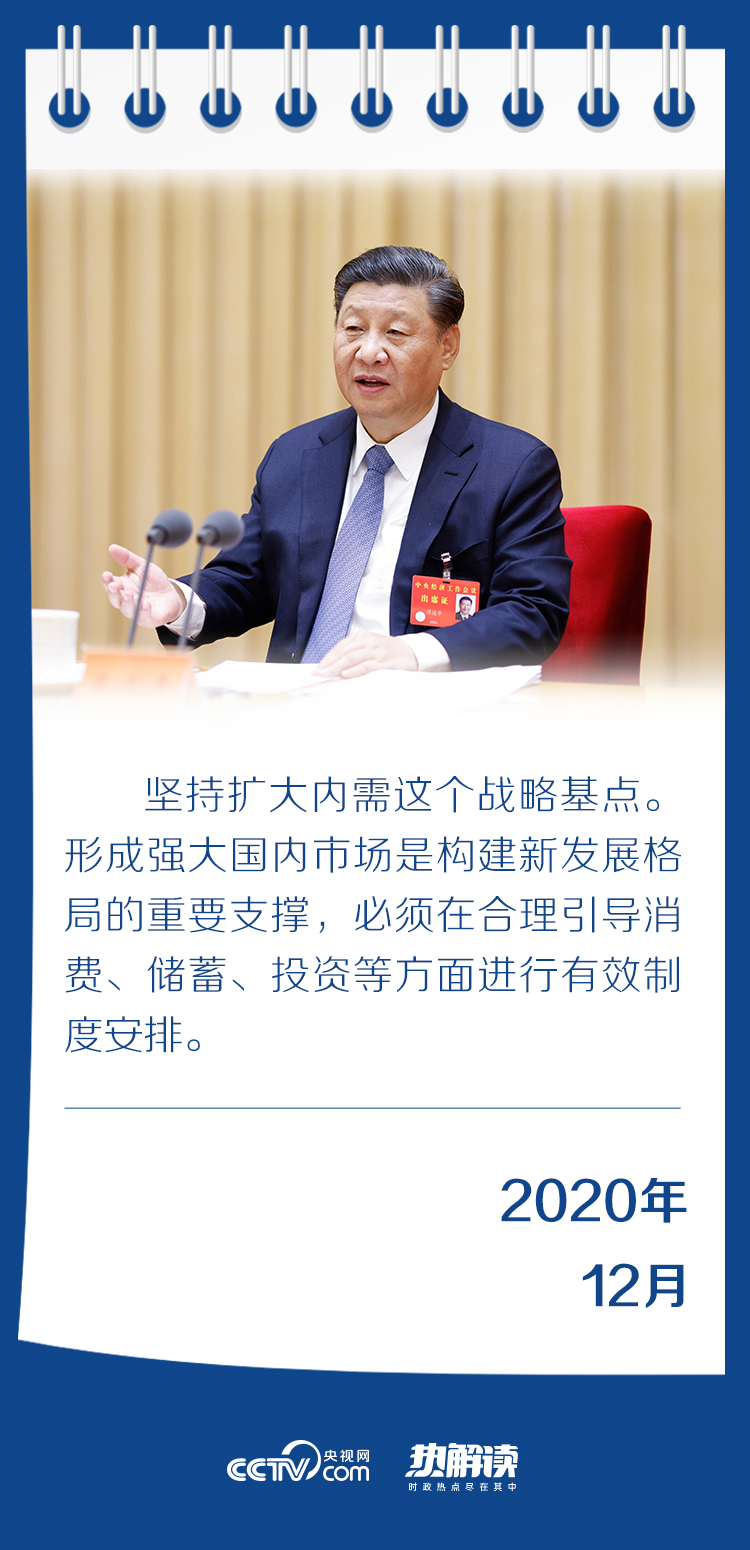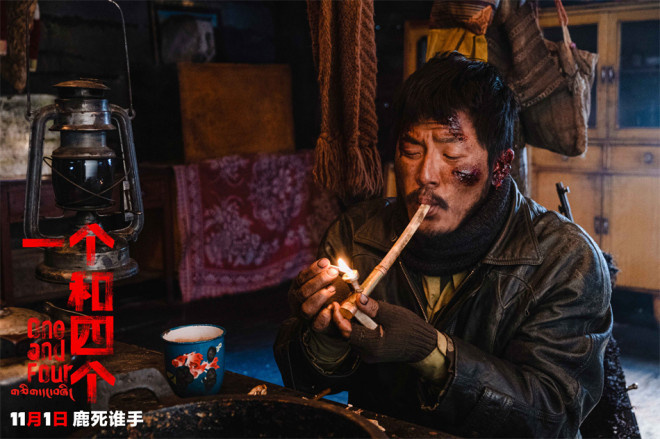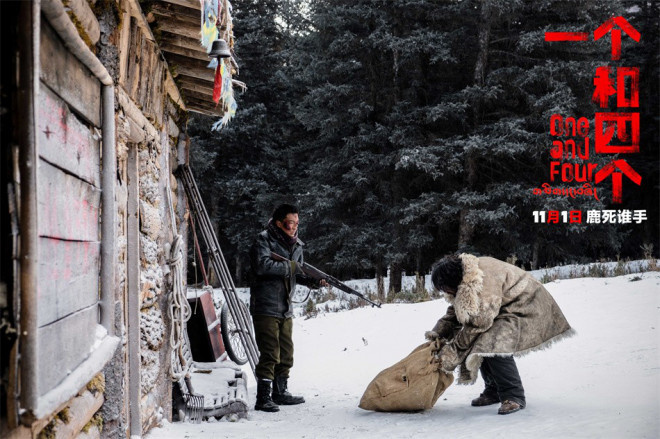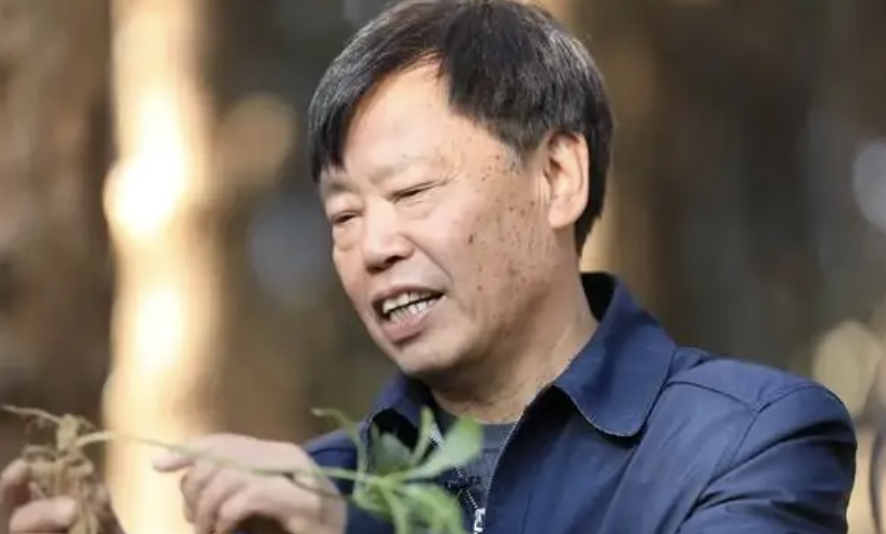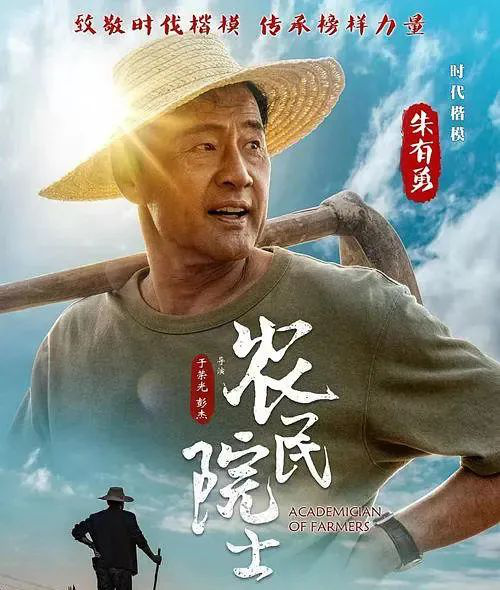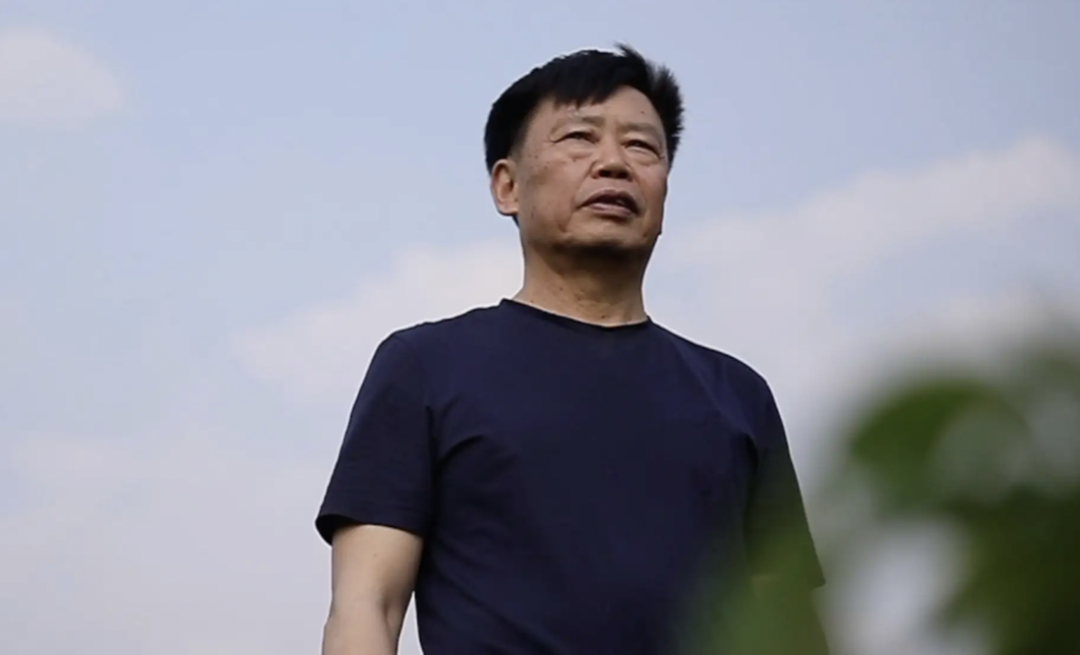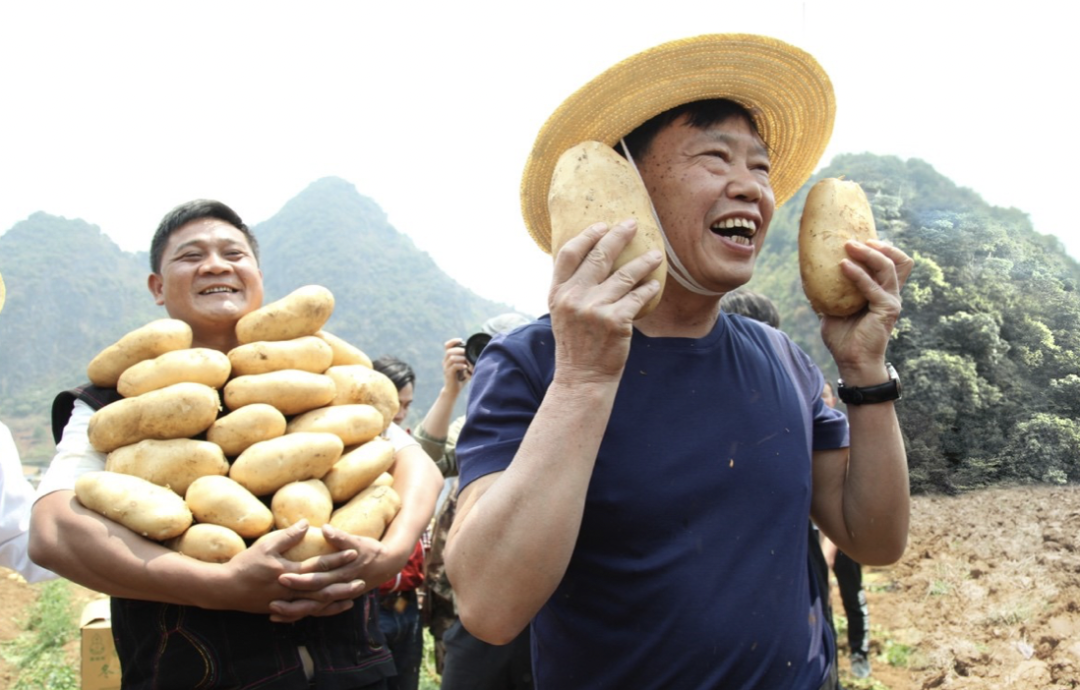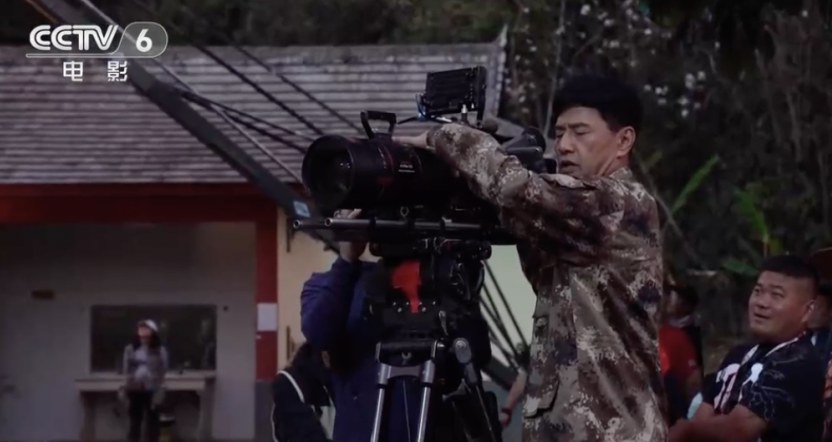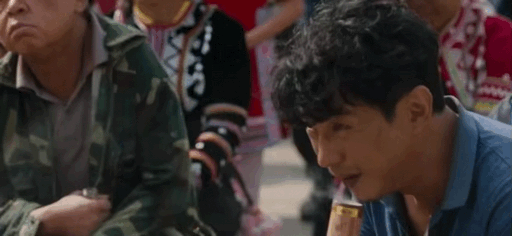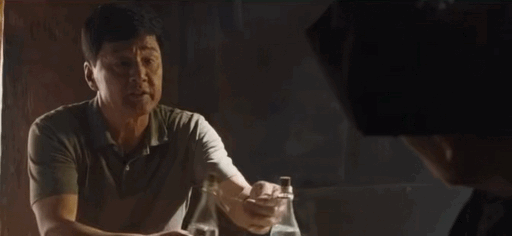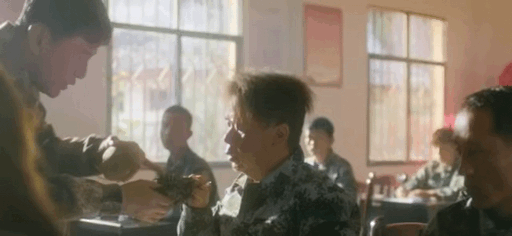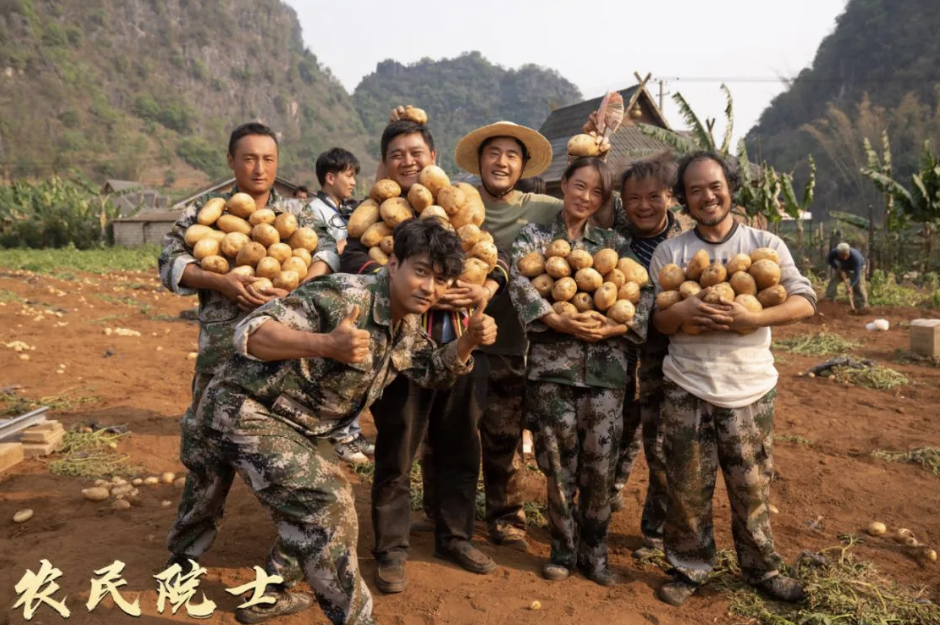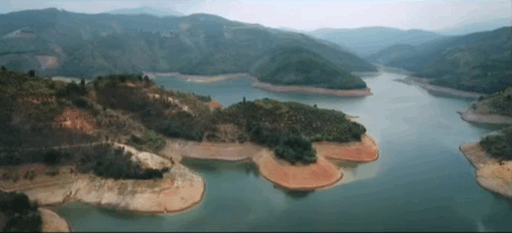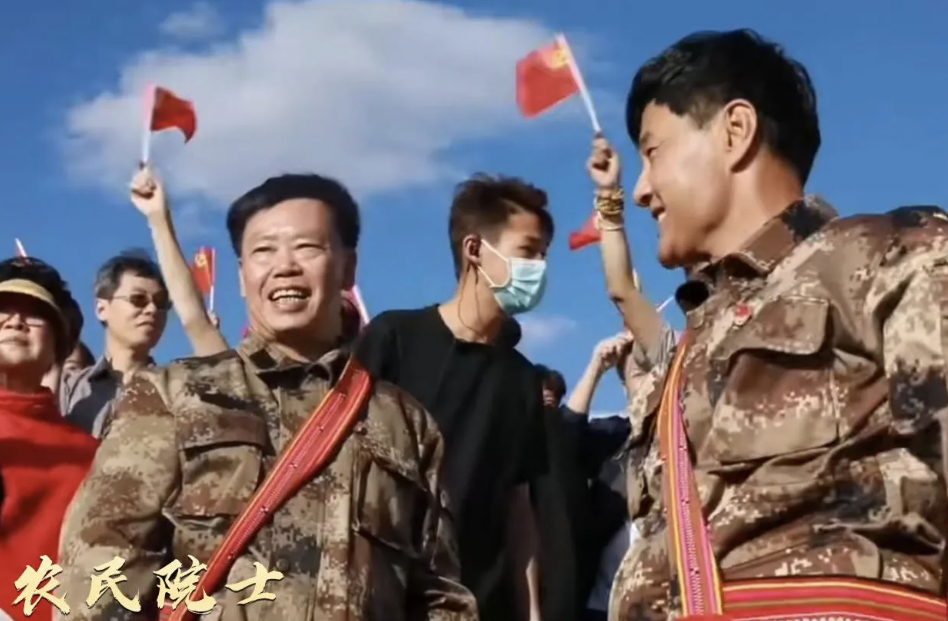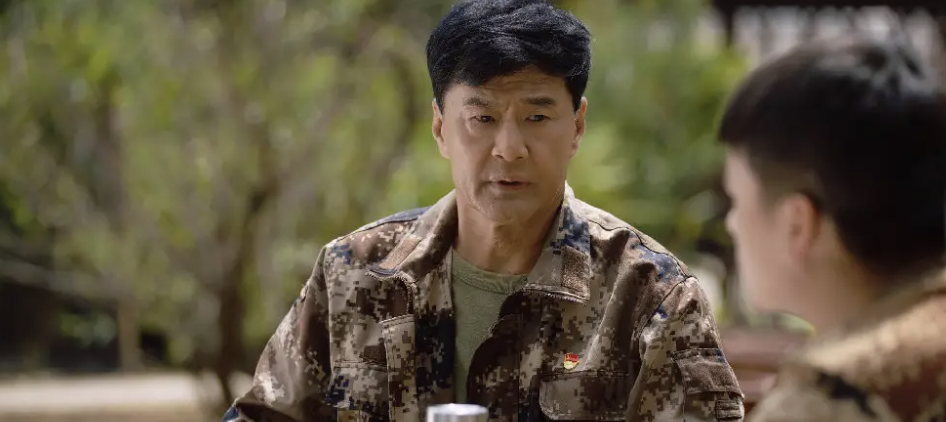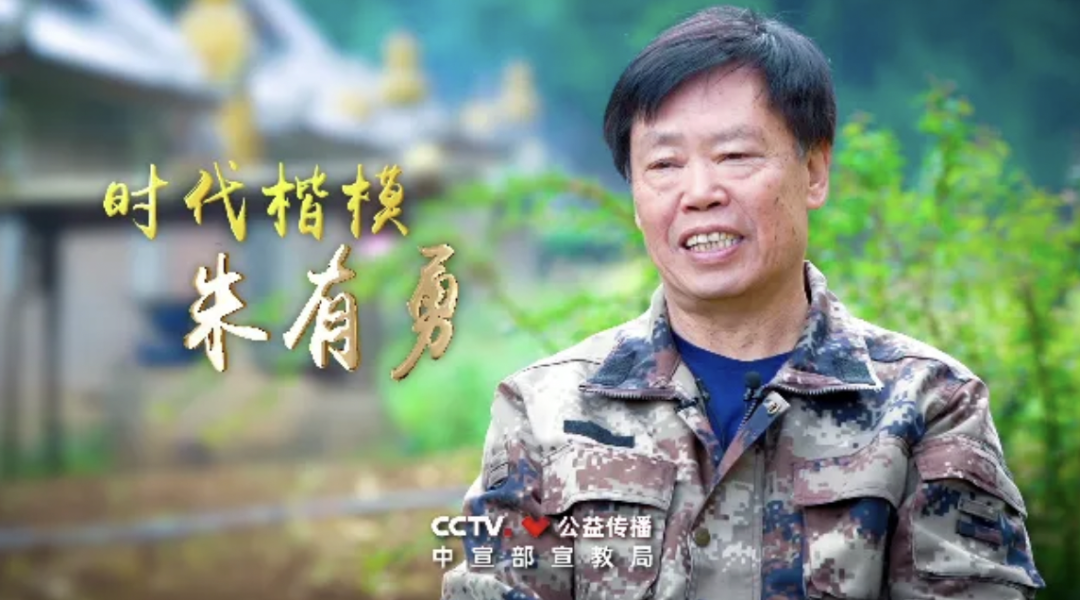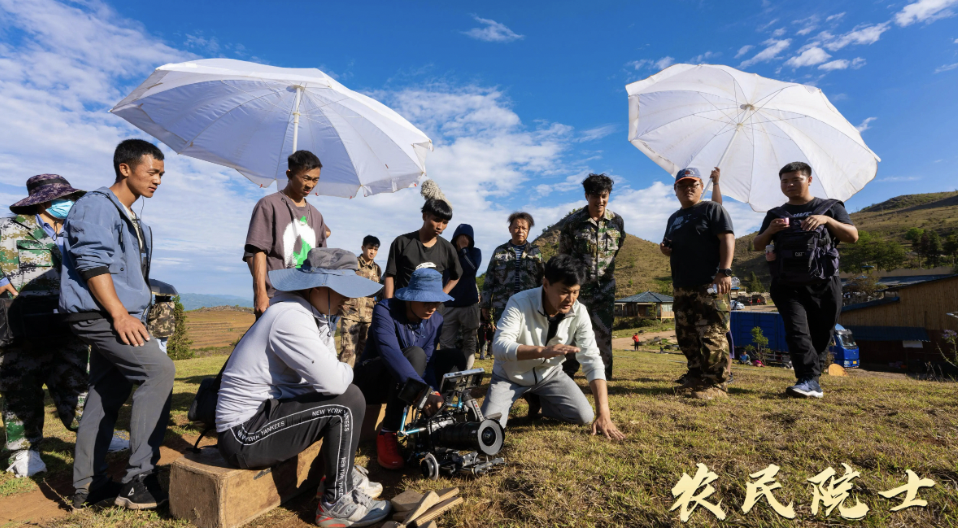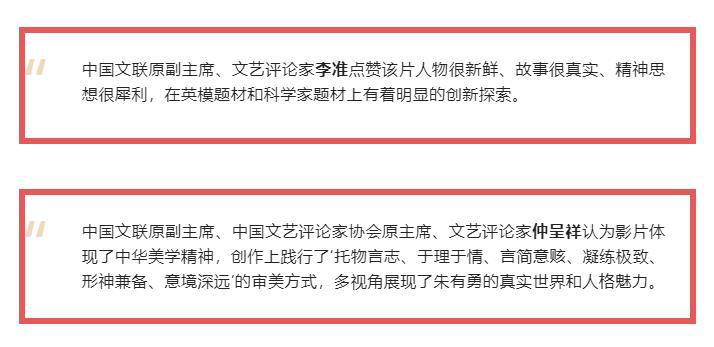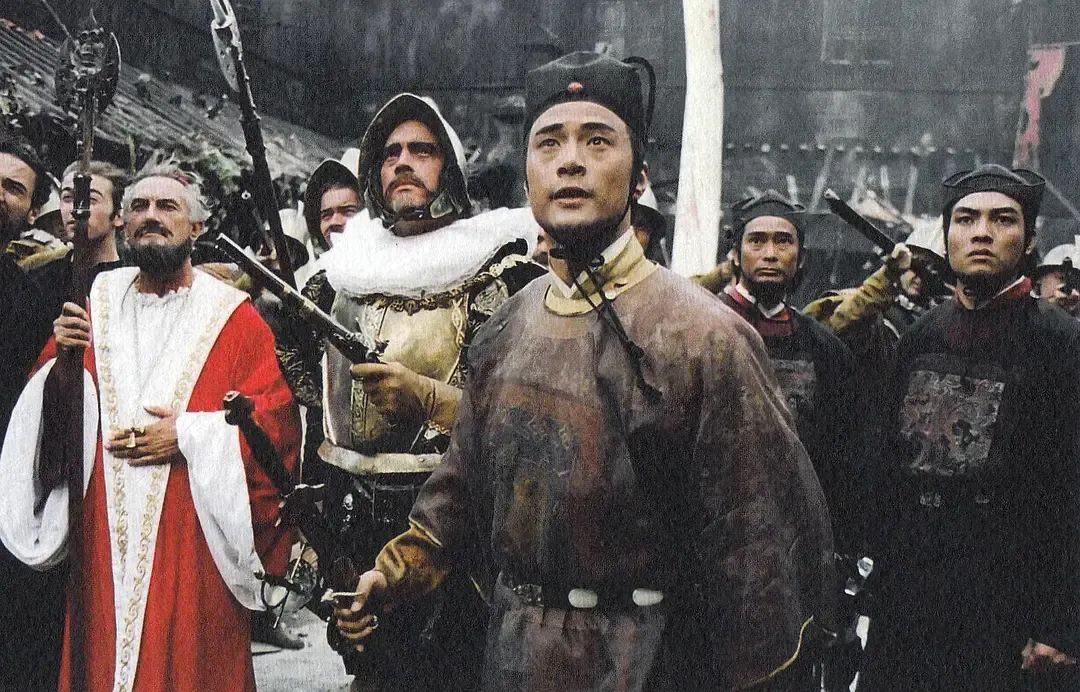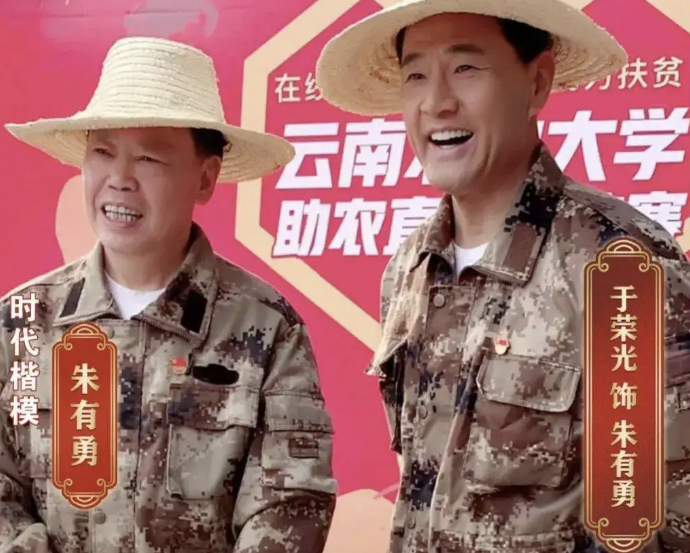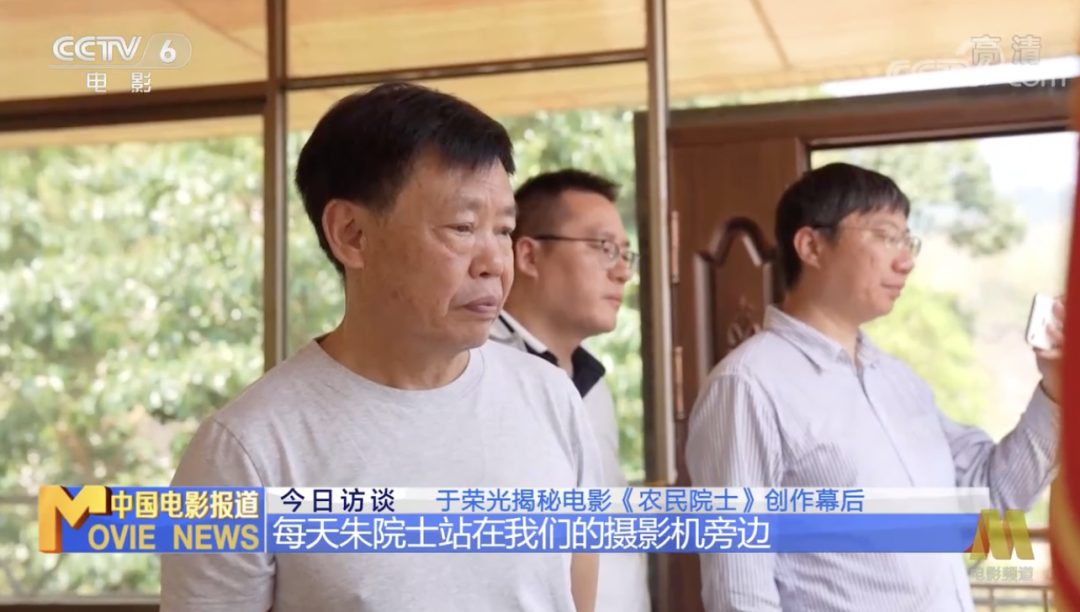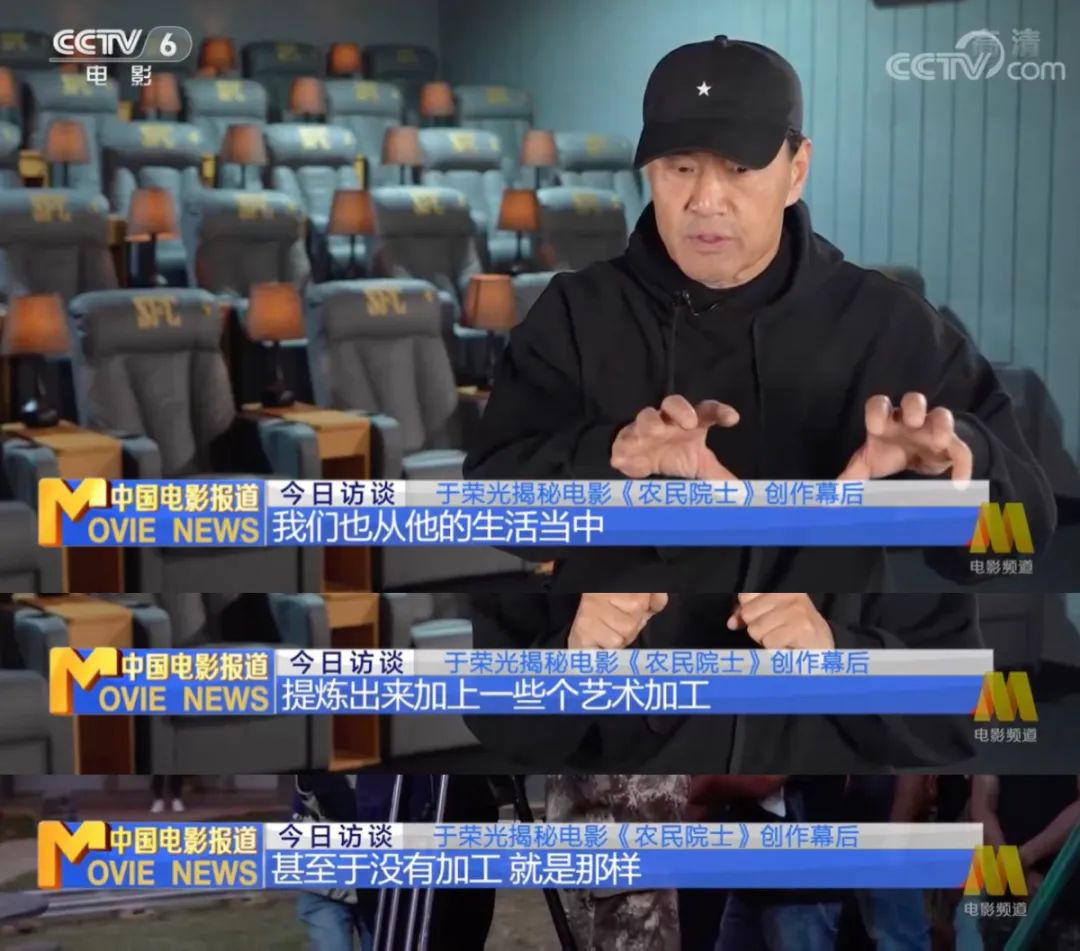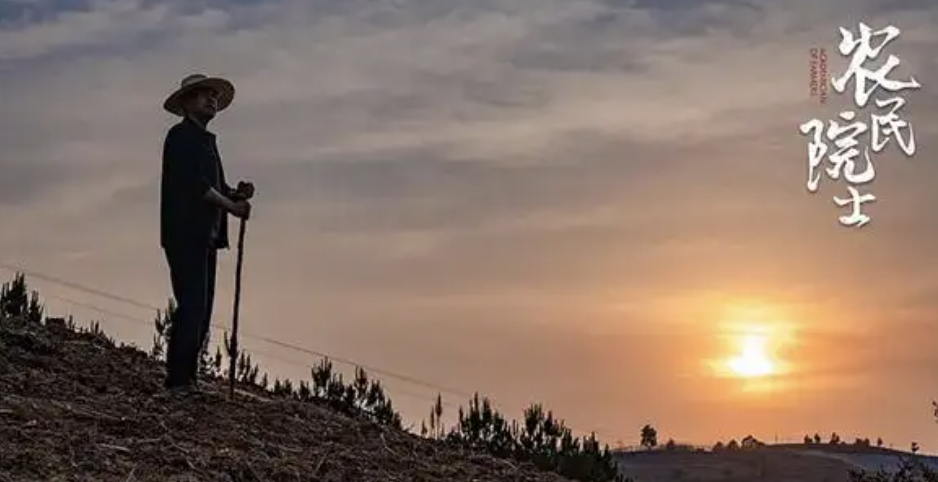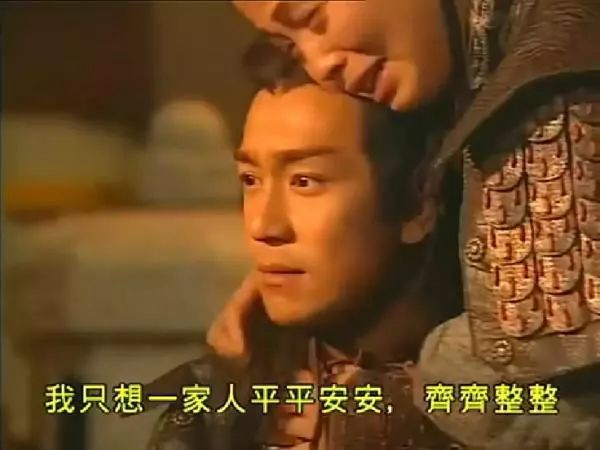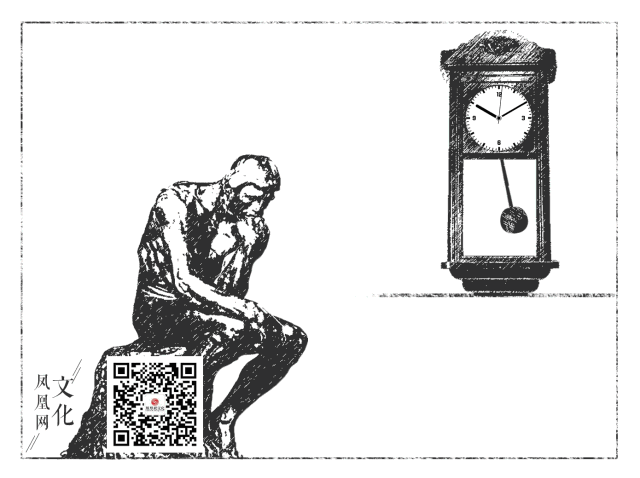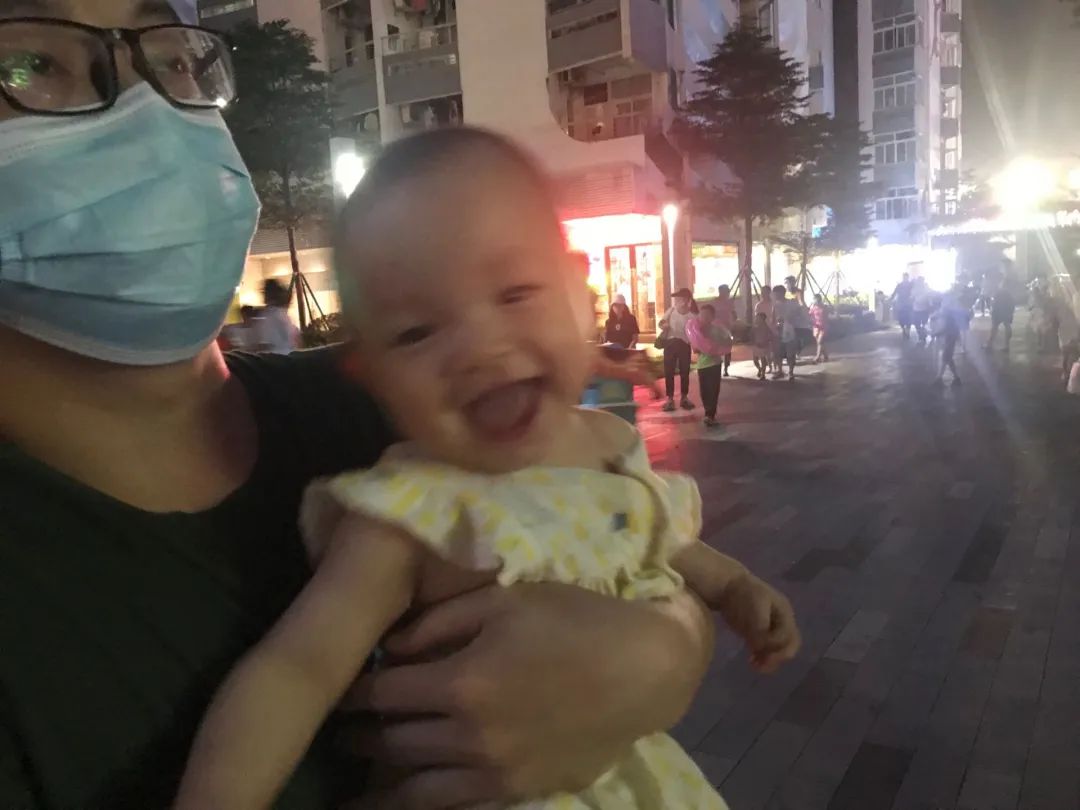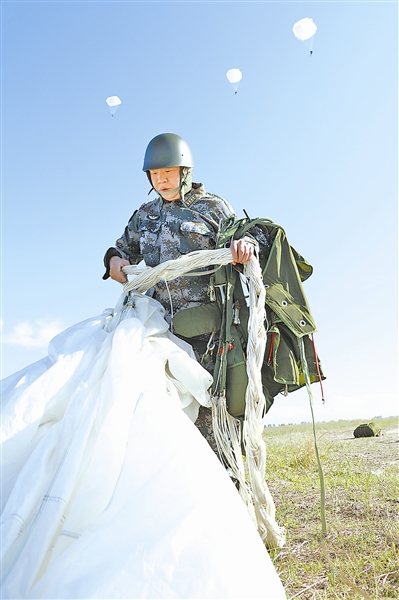Xinhua News Agency, Beijing, April 13th: Millennium Plan, National Events — — On-the-spot report on the planning and construction of xiong’an new area, Hebei Province, made by the CPC Central Committee with the Supreme Leader as the core
Xinhua news agency reporter
In Baiyangdian in early April, the green willows are dancing and the blue waves are rippling. Looking at the waterfowl playing, I heard frogs.
The lapel belt is divided into lakes and lakes, and it is dry and depends on Wang Jinghua — —
This pair of couplets on Baiyangdian Pavilion in Anxin County, Hebei Province, has an unusual connection with Beijing, the capital located more than 100 kilometers northeast in this spring.
On April 1st, 2017, Xinhua News Agency was authorized to announce that the Central Committee of the Communist Party of China and the State Council decided to set up xiong’an new area. As soon as the news came out, it was like a flat spring thunder, which resounded across the country.
Xiong’an new area, involving Xiongxian County, Rongcheng County and Anxin County in Hebei Province and some surrounding areas, has quickly become the focus of great concern at home and abroad.
The establishment of xiong’an new area is an important historical strategic choice made by the CPC Central Committee with the Supreme Leader as the core. This is another new district with national significance after Shenzhen Special Economic Zone and Shanghai Pudong New Area, and it is a Millennium plan and a national event.
Since the 18th National Congress of the Communist Party of China, the CPC Central Committee with the Supreme Leader as the core has been far-sighted and far-sighted, focused on the overall development of the party and the country, based on the grand historical view, and further promoted the coordinated development strategy of Beijing-Tianjin-Hebei. Taking the planning and construction of xiong’an new area in Hebei as an important breakthrough, it has explored a new model for the optimal development of densely populated areas, sought a new way for regional development, and created a new growth pole for economic and social development.
On the land of Yanzhao, the spring tide is surging, and it is playing a surging movement that creates history and leads development … …
A historic measure to grasp the general trend of the times — — The establishment of xiong’an new area is a major choice made by the CPC Central Committee with the Supreme Leader as the core to further promote the coordinated development of Beijing-Tianjin-Hebei.
"This is the construction of a new district that the central authorities seized after the 18th CPC National Congress. Xiong’an new area is a capital function development zone approved by the CPC Central Committee, which has the same national significance as Shanghai Pudong and Guangdong Shenzhen. This positioning must be well grasped. " — — On May 27th, 2016, General Secretary of the Supreme Leader presided over the the Political Bureau of the Communist Party of China (CPC) Central Committee Conference.
In the North China Plain, everything is moist at the beginning of the snow.
On the morning of February 23rd, 2017, General Secretary of the Supreme Leader set off from Zhongnanhai, drove more than 100 kilometers, and made a special trip to Anxin County, Hebei Province to inspect the general situation of the core area of the planned new district.
In Xiaowangying Village, Dawang Town, the general secretary walked into an open field and looked far away. This is the core plot of the planned xiong’an new area starting area.
Before a planning map is launched, the supreme leader carefully examines the location and planning situation, and learns more about the population relocation and resettlement, geological and hydrological conditions in the region, etc.
"How are the people living in this place? What is the population density? What is the demolition population? " General Secretary of the Supreme Leader asked Zhao Kezhi, secretary of Hebei Provincial Party Committee. He exhorted: To set up xiong’an new area, people must get more benefits and have a real sense of gain.
At noon that day, the Supreme Leader hosted a small symposium in Anxin County. He emphasized that the planning and construction of xiong’an new area is a strategic choice of great historical significance and a historic project to relieve Beijing’s non-capital function and promote the coordinated development of Beijing, Tianjin and Hebei.
Great development requires great strategy, and great strategy requires great efforts.
Thirty-seven years ago, Shenzhen Special Economic Zone in South China started from a small fishing village and developed into a prosperous city, leading the economic growth pole of the Pearl River Delta and becoming an important symbol of China’s opening to the outside world.
Twenty-five years ago, Pudong New Area, located in East China, changed from a wilderness butterfly to a financial center gathering wealth, which led the Yangtze River Delta to become one of the six major urban agglomerations in the world and became a new symbol of China’s reform and opening up.
Beijing-Tianjin-Hebei, located in North China, is home to Beijing, Tianjin, Shijiazhuang and other important cities in the north, but the development between regions has been uneven for many years: on the one hand, the "obesity" of Beijing and Tianjin, the "big city diseases" such as population expansion and traffic congestion are prominent, on the other hand, the surrounding areas are too "thin", showing a significant gap.
Realizing the coordinated development of Beijing-Tianjin-Hebei is an inevitable choice for China to climb the hill and cross the hurdle in the background of the world’s second largest economy and its economic development entering a new normal, and it is also an urgent need to create a new growth pole in northern China.
Focus on the overall situation and strategize — —
Since the 18th National Congress of the Communist Party of China, from planning the coordinated development strategy of Beijing-Tianjin-Hebei, to proposing to choose a centralized bearing place for relieving Beijing’s non-capital functions, and then deploying the construction of xiong’an new area, the CPC Central Committee with the Supreme Leader as the core has planned and deployed with superb political wisdom, broad strategic pattern and strong mission. General Secretary of the Supreme Leader has visited Beijing, Tianjin and Hebei provinces and cities for many times, presided over meetings for research, deployment and implementation, made a series of important instructions and devoted a lot of efforts.
In May 2013, General Secretary of the Supreme Leader pointed out during his investigation in Tianjin that it was necessary to write a "Tale of Two Cities" of Beijing and Tianjin for socialist modernization in the new era. In August of the same year, when he presided over the study of Hebei’s development in Beidaihe, he stressed the need to promote the coordinated development of Beijing, Tianjin and Hebei. In February 2014, he visited Beijing and presided over a symposium to clearly put forward the major strategy of coordinated development of Beijing-Tianjin-Hebei.
In promoting the implementation of the Beijing-Tianjin-Hebei coordinated development strategy, the task of relieving Beijing’s non-capital function is the top priority. And the idea of choosing a centralized bearing place to relieve Beijing’s non-capital functions has gradually surfaced.
I have deep feelings for the capital Beijing, as the supreme leader of "Old Beijing" — —
The pattern of "convex", the study of "nine meridians and nine latitudes" and "left ancestors and right societies" … … Beijing, with a history of more than 3,000 years and a history of more than 860 years, bears the wisdom and advanced ideas of the ancients and embodies the Chinese style and capital style.
However, in the 21st century, Beijing, though unprecedentedly prosperous, is facing all kinds of troubles of "big city disease".
How to glow the historical details of a thousand-year-old city in the evolution of the times? What kind of capital will China, which is rapidly moving towards national rejuvenation, build? How to solve the problems in urban planning and construction so as to promote coordinated development? A series of questions of the times haunted the mind of the Supreme Leader General Secretary.
"Building and managing the capital well is an important part of the modernization of the national governance system and governance capacity." "It is necessary to uphold and strengthen the core functions of the capital, adjust and weaken the functions that are not suitable for the capital, and transfer some functions to Hebei and Tianjin. This is the truth of Dayu’s water control." General Secretary of the Supreme Leader’s speech during his inspection in Beijing.
Should be sparse and not blocked, and build a big pattern.
On October 17th, 2014, the General Secretary of the Supreme Leader gave an instruction to the Overall Thinking Framework of Beijing-Tianjin-Hebei Coordinated Development Plan, stating: "At present, the development gap between Beijing-Tianjin-Hebei is quite large, so it is impossible to carry out quick march and plane promotion, nor can it continue to widen the gap. We should proceed from reality, choose qualified regions to take the lead in promoting, and promote the development of other regions through pilot demonstrations."
After continuous thinking, at the Central Economic Work Conference held at the end of 2014, the General Secretary of the Supreme Leader emphasized that the core issue of the coordinated development of Beijing-Tianjin-Hebei is to ease the function of Beijing as a non-capital, reduce the population density of Beijing, and promote economic and social development to adapt to the population, resources and environment.
The direction has become clearer and the thinking has become clearer, and the strategic concept of setting up a new city outside Beijing has gradually matured.
On February 10th, 2015, the 9th meeting of the Central Financial and Economic Leading Group deliberated and studied the outline of Beijing-Tianjin-Hebei coordinated development plan. In his speech, General Secretary of the Supreme Leader put forward the idea of "more points, one city and restructuring the old city". "One city" is to study and think about building a new city outside Beijing.
On April 2, 2015 and April 30, 2015, the Supreme Leader presided over the Standing Committee of the Political Bureau of the Communist Party of China Central Committee Conference and Politburo meeting of the Chinese Communist Party studied the Outline of Beijing-Tianjin-Hebei Coordinated Development Plan. He once again stressed that in order to study and demonstrate the problem of new city in depth, we can consider planning in a suitable place in Hebei to build a modern new city led by new development concepts.
The Outline of Beijing-Tianjin-Hebei Coordinated Development Plan issued in June 2015 fully embodies the strategic concept of the Supreme Leader General Secretary, and clearly puts forward: "In-depth research and scientific demonstration, planning and construction have a large scale and a centralized bearing place equivalent to the development environment."
For quite some time, "centralized bearing place" has become synonymous with "new district".
Where is this new district chosen? In what position?
According to the important instructions of the Supreme Leader General Secretary, the Beijing-Tianjin-Hebei Collaborative Development Leading Group has organized relevant departments of the State Council, Hebei Province, Beijing-Tianjin-Hebei Collaborative Development Expert Advisory Committee and other relevant parties to hold special meetings and small-scale meetings, comprehensively considering factors such as location, transportation, land, water resources and energy security, environmental capacity, population and economic and social development, and repeatedly demonstrating the location of the new district after several rounds of comparison.
On March 24, 2016, the Supreme Leader presided over the Standing Committee of the Political Bureau of the Communist Party of China Central Committee meeting, listened to the report of the Beijing Administrative Sub-center and the relief of Beijing’s non-capital functional centralized bearing areas, and made an important speech.
The supreme leader pointed out: from the international experience, the solution to the problem of "big city disease" basically uses the method of "jumping out" to build a new city; From China’s experience, since the reform and opening up, we have vigorously promoted the development of the Pearl River Delta and the Yangtze River Delta through the construction of Shenzhen Special Economic Zone and Shanghai Pudong New Area.
The Supreme Leader stressed: Beijing is facing a historic choice. It will be a new "two wings" of Beijing and a new growth pole of Beijing-Tianjin-Hebei region to plan and build Beijing’s sub-center and centralized bearing place outside the central city of Beijing.
Important speeches again and again, scientific arguments one after another, and further progress step by step … … From thinking to planning, from instructions to planning, from requirements to deployment, from macro to micro, the strategic thinking of the Supreme Leader General Secretary on the establishment of the new district has been deepened, and the idea has gradually become a reality.
On May 27th, 2016, it was a big day to study the establishment of xiong’an new area in Hebei — —
On this morning, the the Political Bureau of the Communist Party of China (CPC) Central Committee meeting was held in Huairentang, Zhongnanhai, to review the Report on Planning and Building Beijing Sub-center and Studying and Setting up xiong’an new area, Hebei Province. "xiong’an new area" first appeared in the title of the report.
The Supreme Leader stressed: In the stage of accelerating modernization and urbanization, Beijing is facing a historic spatial pattern adjustment. No matter from its healthy development and solving problems, we must make a choice and finally make this choice.
Top-level design, aiming at the Millennium.
In 1153, the capital of Jin Jian was in Yanjing, which opened the capital history of Beijing for more than 860 years.
In 2017, the planning and establishment of xiong’an new area in Hebei Province will open a new page in the development of Beijing.
"This matter is indeed a Millennium plan and a national event." The Supreme Leader stressed that the planning and construction of the Beijing City Sub-center and xiong’an new area should stand the test of the Millennium history, which is also the historical legacy left by our generation of the Communist Party of China (CPC) people to future generations.
Taking a quasi-historical orientation and focusing on the new characteristics of the times, we will continue to write a new chapter in the construction of Beijing’s Millennium ancient capital and plan the development of China.
"Look at Shenzhen in the 1980s, Pudong in the 1990s and Xiong ‘an in the 21st century" — — Today’s popular new phrase is not rhetoric, it is the choice of the times, but also the promise of history.
"Today in Shenzhen and Pudong is the tomorrow we hope to see in Xiong ‘an. The opportunities and challenges for xiong’an new area’s development are unprecedented. " Academician Wu Hequan, deputy head of the Beijing-Tianjin-Hebei Collaborative Development Expert Advisory Committee, said that the Millennium plan precisely expresses the determination and determination of the central government to implement this strategy.
Overlooking the map of China, Shenzhen, Pudong and Xiong ‘an are in a gradient, occupying three dimensions of the south, middle and north of the country respectively, which will jointly promote the overall balanced development of China and change the situation that the economic development is "strong in the south and weak in the north".
The article on the Financial Times website commented that xiong’an new area, an economic vitality zone, will seek to give birth to the development vitality of Beijing-Tianjin-Hebei region or even a wider range.
"The water town of Huaxian County is now Xinyi, and the ancient city of Jiangnan in the north." Xiong’an new area, a land with thousands of years’ long history and contemporary glorious revolutionary tradition, will become a new fulcrum for China’s development under the background of great times and will surely create a new legend for the development of the times.
Strategic decision to answer the new requirements of practice — — Scientifically demonstrate the site selection, optimize the urban layout and spatial structure of Beijing, Tianjin and Hebei, form a new wing of Beijing’s development, and create an innovation-driven highland.
"Where to build it specifically is a question of scientific argumentation. Once it is settled, Beijing, Tianjin and Hebei and relevant departments should unify their thinking, raise their awareness and look at this major event with a big historical view. " — — On March 24th, 2016, General Secretary of the Supreme Leader presided over the Standing Committee of the Political Bureau of the Communist Party of China Central Committee Conference.
Great ambition and long-term stability.
"Xiong ‘an" — — The name of the city of the future, taken from the word "Xiongxian County and Anxin County", is catchy and well-known, which respects history and symbolizes auspiciousness.
The word "Xiong" means grandeur, masculinity and heroism; The word "An" contains stability, firmness and well-being, embodies regional characteristics, conforms to Chinese traditional culture, and meets the inherent requirements of the Chinese dream of realizing the goal of "two hundred years" and realizing the great rejuvenation of the Chinese nation.
Why did Da Ren bring down Xiong ‘an?
On February 10, 2015, General Secretary of the Supreme Leader presided over the 9th meeting of the Central Financial and Economic Leading Group, and clearly put forward the idea of studying and considering building a new city outside Beijing. Since then, he has repeatedly proposed to build a new city in a suitable place in Hebei on different occasions. Therefore, it has become a realistic requirement to choose a centralized bearing place to relieve Beijing’s non-capital function. The important speech of the Supreme Leader General Secretary provided strategic guidance for the final establishment of xiong’an new area.
In accordance with the requirements of the Supreme Leader General Secretary, the Beijing-Tianjin-Hebei Collaborative Development Leading Group took the lead in organizing research and demonstration on the establishment of centralized bearing sites. In February 2015, the site selection work started, and all relevant parties launched intensive scientific argumentation:
— — Based on the principles of seriousness, prudence, science and democracy, the site selection of the new district comprehensively considers factors such as location, transportation, land, water resources and energy security, environmental capacity, population and economic and social development;
— — The Beijing-Tianjin-Hebei Collaborative Development Leading Group conducted multi-site and multi-scheme comparison on the planning and site selection of centralized bearing land. After repeated investigation and demonstration, it was discussed and studied for several rounds.
— — The Beijing-Tianjin-Hebei Collaborative Development Expert Advisory Committee, composed of 16 top experts, conducted on-the-spot investigation and research on multiple site selection, and held more than 10 meetings to listen to the reports of Hebei Province and the planning group;
— — Hebei Province organized many departments in the province, continued to conduct several rounds of research, and planned to submit multiple site selection schemes;
— — The preliminary plan was discussed by the Beijing-Tianjin-Hebei Collaborative Development Leading Group, and the opinions were fed back to Hebei Province. Hebei province adjusted the plan accordingly, and the expert advisory Committee made another on-the-spot investigation and listened to the opinions of Hebei province and China Urban Planning and Design Institute. The plan was revised and reported to the Beijing-Tianjin-Hebei Collaborative Development Leading Group for discussion again;
— — On February 29, 2016, the State Council held a special meeting to study the related issues of centralized bearing sites;
— — In March and May, 2016, the final site selection plan was submitted to the Standing Committee of the Political Bureau of the Communist Party of China Central Committee meeting and Politburo meeting of the Chinese Communist Party for consideration.
The site selection of planning and construction of the new district is related to the overall development, and it is a historic project involving the capital, which must stand the test of history.
Every investigation is meticulous and rigorous, and every discussion is full of enthusiasm. "Xiongxian — Rongcheng — The scheme of Anxin was gradually confirmed in several schemes and finally stood out.
Choose a new district that focuses on Beijing’s non-capital functions. This place can’t be too far away or too close. Too close is easy to connect, and it can’t achieve the purpose of reconciliation; If it is too far away, it will be difficult to accept Beijing’s radiation and drive, and it will not be able to better undertake and transfer non-capital functions.
Xiong’an new area is located in Baoding. Baoding’s name, which means "defending the metropolis and stabilizing the world", has been an important place in both capital and capital since ancient times.
Baoding East Station Square, about 40 minutes’ high-speed train ride from Beijing, stands a tall building with the "Gate of Gyeonggi" to remind the bustling people of the special status of this city. It takes more than half an hour to reach xiong’an new area from Baoding East Station to the northeast along the expressway.
The new district is located in the hinterland of Beijing-Tianjin-Baoding, with obvious advantages of all parties, excellent supporting conditions of land, water conservancy and environmental geology, and abundant development space. It is the first choice to centrally undertake the function relief of Beijing’s non-capital:
— — Location advantage. Located in North China Plain, Ma Pingchuan. Xiong’an new area forms an equilateral triangle with Beijing and Tianjin, about 105km, 105km, 155km and 30km away from Beijing, Tianjin, Shijiazhuang and Baoding respectively.
— — Convenient transportation. Xiong’an new area is east to Daguang Expressway and Beijing-Kowloon Railway, south to Baocang Expressway, west to Beijing-Hong Kong-Macao Expressway and Beijing-Guangzhou Passenger Dedicated Line, and north to Rongwu Expressway and Jinbao Railway. Basically form a half-hour commute circle with Beijing, Tianjin, Shijiazhuang and Baoding. At the same time, it has the advantage of airport, about 55 kilometers away from Beijing New Airport, which can fully meet the development needs of high-end high-tech industries.
— — Good ecology. Baiyangdian Lake, the largest freshwater lake in North China Plain, is intersected by many rivers, such as Caohe River, Nanpu River, Pinghe River and Nanjuma River. At the lower tip of the Nine Rivers, they gather into lakes and dotted with reed fields, rocking boats into the lakes, but they see vast smoke waves, pale reeds, leisurely boats and people on the shore, just like "the south of North China".
— — Low degree of development. Xiong’an new area has a low population density, few buildings and little demolition. The population under the jurisdiction of the core area is less than 100 thousand, which is only equivalent to a community in Beijing. The land that can be developed and constructed is abundant and plastic, and it has certain urban basic conditions.
On March 24th, 2016, the Supreme Leader presided over the Standing Committee of the Political Bureau of the Communist Party of China Central Committee meeting, deliberated and agreed in principle on the Report on Beijing’s Administrative Sub-center and the Relief of Beijing’s Non-capital Functional Concentrated Bearing Land, determined the planning and site selection of the new district, and agreed to name it "xiong’an new area".
"Where to build it specifically is a question of scientific argumentation. You can’t pat your head and say it’s in Xiong ‘an." In his speech at this meeting, the General Secretary of the Supreme Leader stressed that this result has been formed after repeated argumentation and joint research with Beijing and Hebei Province. Once it is finalized, Beijing, Tianjin and Hebei and relevant departments should unify their thinking, raise their awareness and look at this great event with a grand historical view.
According to the spirit of this meeting of the Standing Committee, the Beijing-Tianjin-Hebei Collaborative Development Leading Group held a small-scale meeting to revise and improve the planning plan. On May 27th, 2016, the Supreme Leader presided over the the Political Bureau of the Communist Party of China (CPC) Central Committee meeting, and heard a report on the planning and construction of the Beijing City Sub-center and the research and establishment of xiong’an new area in Hebei Province.
In his speech, the Supreme Leader pointed out: "Building the Beijing Sub-center and two new cities in xiong’an new area will form a new ‘ Two wings ’ . This is a new choice for the development of our city. In the new historical stage, it is a Millennium plan and a national event to concentrate on building these two new cities and form a new skeleton for Beijing’s development.
In order to keep improving, under the organization of the Beijing-Tianjin-Hebei Collaborative Development Leading Group, the Office of the Beijing-Tianjin-Hebei Collaborative Development Leading Group and the Expert Advisory Committee studied and improved the Implementation Plan for the Establishment of xiong’an new area in Hebei Province.
From July 31 to August 6, 2016, the Expert Advisory Committee conducted a week-long closed study, and invited responsible comrades, experts and scholars from the National Development and Reform Commission, Hebei Province, China Urban Planning and Design Institute and other relevant parties to further improve the implementation plan of the new district.
"It can be said that the location of the new district was decided after repeated and in-depth argumentation by all parties, and finally this implementation plan was formulated." Academician Xu Kuangdi, head of the Expert Advisory Committee on Beijing-Tianjin-Hebei Collaborative Development and honorary chairman of the Presidium of China Academy of Engineering, who experienced the whole process of site selection and went to Xiong ‘an for field research, said.
When General Secretary of the Supreme Leader visited the planned xiong’an new area, he was satisfied with its location, population density and natural conditions. He said that this place is well chosen, and building a new city here will not disturb the lives of local people too much, involving less relocation, and can start quickly and see results.
Great rivers and mountains, the coordinates have been set.
The planning and construction of xiong’an new area takes a specific area as the starting area for first development, with the starting area of about 100 square kilometers, the medium-term development area of about 200 square kilometers and the long-term control area of about 2000 square kilometers — — This city of the future, which is responsible for the development of the new era, will emerge.
The "newness" of the new district lies in "breaking the situation with new ones", constructing a "new pattern" of coordinated development of Beijing, Tianjin and Hebei, and also providing replicable and generalizable experience for China to realize regional coordinated development.
Internationally, many countries have tried to solve the problem of "big city disease" by jumping out, which has been effective and successful so far.
In some famous big cities in the world, there are also companion cities next to them. For example, there are New Jersey outside new york, and San Jose near San Francisco. Outside Tel Aviv, Israel, there is Haifa, the city of innovation; 50 kilometers away from Tokyo, Japan, there is Tsukuba, a science city where high-tech industries gather.
Dapeng spreads its wings nine Wan Li — —
From the location of the capital, the Beijing City Sub-center and xiong’an new area, as two wings, are located in the east and southwest of the central city of Beijing, with clear positioning and misplaced development, and the capital has achieved new leaps;
From the location of Hebei Province, xiong’an new area and Zhangbei area, which will be promoted by the 2022 Beijing Winter Olympics, present a south and a north, which are also the two wings that drive Yanzhao to take off.
Seek the potential in the overall situation, and the key points will fall.
Xiong’an new area will start from a high standard and a high starting point, base itself on the present and take a long-term view, and become a highland for innovation-driven development and reform and opening up.
General Secretary of the Supreme Leader stressed: xiong’an new area is different from the new district in the general sense. Its orientation is to relieve Beijing of its non-capital functional concentration, focusing on undertaking administrative institutions, headquarters enterprises, financial institutions, institutions of higher learning, scientific research institutes, etc. that Beijing has relieved. Those that do not meet the requirements cannot be resolutely refused.
Xiong’an new area is by no means a gathering area dominated by traditional industries and real estate. The innovation drive will be xiong’an new area’s development base, which will carry out reform and innovation in system, technology and entrepreneurial environment, attract high-end high-tech enterprises to gather, and build an innovative development demonstration area integrating technology research and development, transfer transactions, results incubation and transformation, and integration of production and city.
The news of the establishment of xiong’an new area has aroused strong repercussions at home and abroad.
Some overseas media pointed out, "If we only pay attention to the centralized bearing place of non-capital function relief, but ignore that this is the innovation and development demonstration zone of new development concept, we will not see the root of xiong’an new area’s original design intention."
The positioning of xiong’an new area has also attracted the echoes of many domestic scientific research units, headquarters of central enterprises and industrial giants. China Academy of Sciences, CSIC, Aerospace Science and Technology Group, China Development and Investment Corporation, China Jiaojian, Sinopec, etc. all expressed their firm support for the decision-making and deployment of the CPC Central Committee and took the initiative to dock the construction of xiong’an new area. Some central enterprises have clearly indicated that they will take practical actions to "relocate enterprises".
In the new historical stage, the establishment of xiong’an new area has pressed the start button to promote a new round of reform and development, and opened a brand-new door of transformation and development.
The great practice of implementing the new development concept — — Adhere to the world vision, international standards, China characteristics and high-point positioning, and create a China sample of world-class urban agglomerations
"The construction of xiong’an new area is a historic project, and we must maintain historical patience, with ‘ I don’t have to succeed ’ The spiritual realm. " — — On February 23rd, 2017, General Secretary of the Supreme Leader visited xiong’an new area and presided over a symposium.
At the lower tip of the Nine Rivers, the West Lake in the north. Xiong’an new area covers the whole water area of Baiyangdian Lake.
On February 23rd, General Secretary of the Supreme Leader made a special trip to Baiyangdian during a field trip to xiong’an new area’s construction planning. This is the first time that the Supreme Leader has come to Baiyangdian. He said: "When I was a child, I read the story of Zhang Ga, a soldier, and I was fascinated by this place. I used to work in Zhengding, Hebei Province, but I never had a chance to come. "
Walking through the Baiyangdian levee in Anxin country park, along the long wooden plank road, the supreme leader stepped into the depths of the lake area. The water is sparkling, the reeds haven’t turned green yet, and the sun shines golden and dazzling. He boarded a wooden observation deck and looked around the open Baiyangdian Lake.
The supreme leader once worked in southern cities such as Ningde, Fuzhou and Hangzhou, and was deeply touched by the beautiful scenery and ecological beauty.
During the inspection, the General Secretary emphasized that the Baiyangdian Lake must be restored and protected in order to build xiong’an new area. In the future, the city is so close to Baiyangdian that there should be a protected zone. There must be strict management methods, and it is absolutely not allowed to discharge sewage into it, and it is absolutely not allowed to be vandalized.
High starting point, new dream. Xiong’an new area will adhere to ecological priority and build a green ecological city — —
The Supreme Leader repeatedly stressed: "We must adhere to ecological priority and green development, delineate development boundaries and ecological red lines, realize the integration of the two lines, and strive to build a new district integrating green, forest, wisdom and water city."
Harmony between man and nature, Taoism and nature … … Xiong’an new area will build an eco-city with blue-green interweaving, fresh and bright, harmonious water city, and multi-group intensive and compact development.
"Water will flow nine times, and it is comparable to a blue wave floating boat. He drove ten miles, and he dreamed of Su Causeway without labor. " In the future planning and construction, the scenery of Baiyangdian Lake will only become more beautiful, the water will be clearer and the lake will be more open.
High standards, new ideas. Xiong’an new area will stick to planning first and build a benchmark city — —
Plan ahead, plan ahead. In February 2014 and February 2017, General Secretary of the Supreme Leader visited Beijing twice. He paid special attention to the role of urban planning in leading economic and social development, and stressed: "When investigating a city, we should first look at planning. Planning science is the greatest benefit, planning mistakes are the greatest waste, and planning tossing is the biggest taboo." "Whether urban planning and construction is done well or not will ultimately be measured by people’s satisfaction."
At several important meetings when planning the establishment of xiong’an new area, the Supreme Leader repeatedly emphasized that "every inch of land should be clearly planned before construction can begin" and "it should be carefully promoted without historical regret".
When holding a forum in Anxin County, the General Secretary solemnly warned: xiong’an new area will be our historical legacy for future generations, and we must adhere to the concept of "world vision, international standards, China characteristics, and high-point positioning" and strive to create an innovative development demonstration zone that implements the new development concept. "We must persist in planning, designing and building with the most advanced concepts and world-class standards, which can stand the test of history."
Low population density, low degree of development and abundant development space … … A piece of white paper can draw the most beautiful picture.
According to the requirements of the Supreme Leader General Secretary, the Beijing-Tianjin-Hebei Collaborative Development Leading Group, together with the Expert Advisory Committee, the National Development and Reform Commission and other relevant departments, the Hebei Provincial Party Committee and the provincial government, is working hard to organize the preparation of the master plan of xiong’an new area, the regulatory planning of the starting area, the regulatory detailed planning of the starting area and the ecological environment control and protection planning of Baiyangdian Lake.
The new district will learn from international experience, organize domestic and international first-class planners to carry out urban design, carefully and rigorously design individual buildings, especially details, and build benchmark projects, which will become a model for future urban construction.
"Planning should reach the level of a world-class city, and at the same time, the elements of Chinese culture should be fully reflected in the building. In the construction process, it should be carefully crafted to create a century-old building with the spirit of artisans and leave a thousand-year heritage." He Lifeng, director of the National Development and Reform Commission, said.
High level, new home. Xiong’an new area will adhere to the people-centered thinking and become a modern livable city — —
If before, most of China’s modern cities were built by learning from other countries, then on the basis of years’ accumulation, xiong’an new area will build a modern city that is vigorous, endogenous, self-confident and open, so as to achieve "from running with others to leading the world".
Xiong’an new area will not simply copy Shenzhen and Pudong, but will create a new model of national new district and urban development.
"We must adhere to the people-centered, proceed from the needs of the citizens, be dense, green and low-carbon, return to nature, provide a livable environment and quality public services, and effectively attract Beijing’s population and functions." At the beginning of the new district planning, the Supreme Leader General Secretary emphasized this.
Man struggles upwards, but water flows downwards. According to the plan, the new district will carry a population of 2 million to 2.5 million in the long term. The construction of the new district will closely focus on the core layout of "people", fully improve the level of basic public services, develop social undertakings, support high-quality education and medical care resources, and enhance the attractiveness of resolving high-end talents in Beijing’s non-capital functions.
Watertown integration is like a water town in the south of the Yangtze River. A large number of pipe corridors are hidden underground, cars in underground passages are busy, pedestrians are walking leisurely on the road, traditional buildings on both sides of the street are particularly bright, rivers flow through the city, the air in forest parks is fresh and comfortable, and Baiyangdian Lake surrounded by green trees is rippling … … Academician Xu Kuangdi described the picturesque future of xiong’an new area, and the three new development spaces of production, life and ecology make people yearn for it.
High requirements, new mechanism. Xiong’an new area will adhere to the reform of institutional mechanisms and build a city of innovation and development — —
As early as a year ago, at the Standing Committee of the Political Bureau of the Communist Party of China Central Committee Conference, General Secretary of the Supreme Leader pointed out that effective measures should be taken to prevent problems such as land speculation.
Since June 2016, the freezing of real estate, planning, land, projects and household registration, such as houses, has been gradually implemented in the planning area of xiong’an new area to prepare for the preparation of the new district.
Xiong’an new area will formulate a brand-new housing policy and prohibit large-scale real estate development. Experts from the Expert Advisory Committee said that the country will explore a new road of real estate reform here, control real estate prices and ensure people’s housing needs.
Household registration reform, medical reform, public service reform, deepening the reform of administrative management system, implementing large-scale system and negative list management, exploring the reform of investment and financing system, strengthening foreign cooperation to promote trade facilitation, and establishing urban management rules and systems in line with international standards … … The reform of institutional mechanism will be the institutional guarantee for the development of the new district.
In the big chess game of comprehensively deepening reform, Xiong ‘an will strive to be a "pioneer of reform", and some reform measures will be tried first here, and a new path that can be replicated and popularized will be found in the "deep water area".
Leading the development of the times and building a highland for reform, people will also understand the future of China from here.
"Baiyangdian, the scenery is good, there are many heroes, and there are brothers everywhere." Take a boat from Baiyangdian Wharf and take a half-hour water journey to Zhaozhuangzi Village — — The hometown of the film prototype "Private Zhang Ga".
Recalling the past, this is the old revolutionary base area that witnessed the eventful years;
Looking at the present, this is a new development area with a historical mission.
"Our generation has all kinds of dreams, but we have never had such dreams." Zhao Wenxiang, secretary of the Party branch of Zhaozhuangzi Village, said, "These days, the villagers are discussing the construction of the new district after dinner and imagining the future of their hometown."
"When the plan is finalized, it must be strictly implemented to ensure that ‘ A blueprint to the end ’ 。”
"We must respect the laws of urban development and construction, reasonably grasp the pace of development, and work steadily and steadily, one after another."
"This matter is an irreversible work, so we must carry forward the spirit of artisans and advance it carefully."
… …
Under the leadership of the CPC Central Committee with the Supreme Leader as the core, from the central government to the local government, from the national ministries and commissions to various departments in Hebei Province, the construction of the new district is being carried out in an intense and orderly manner, and the xiong’an new area Preparatory Committee has been established … …
Looking to the future, the bright future is inspiring — —
Three years later, in 2020, the prototype of a new city will initially appear. The backbone traffic network in xiong’an new area has been basically completed, and the infrastructure construction and industrial layout framework in the starting area have basically taken shape;
Five years later, in 2022, when the Beijing Winter Olympics was successfully held, it was further closely linked with the major cities of Beijing, Tianjin and Hebei, and it was misplaced with the central city of Beijing. The infrastructure of the starting area was completed and the core area of the new district was basically completed.
Thirteen years later, in 2030, a green, low-carbon, information-intelligent, livable and suitable modern new city showed its vitality and became a famous urban star with strong competitiveness and influence, harmonious coexistence between man and nature.
Xiong’an new area, will blossom a dazzling light! (Reporter: Huo Xiaoguang, Zhang Xudong, Wang Min, Cao Guochang, Li Yahong)
